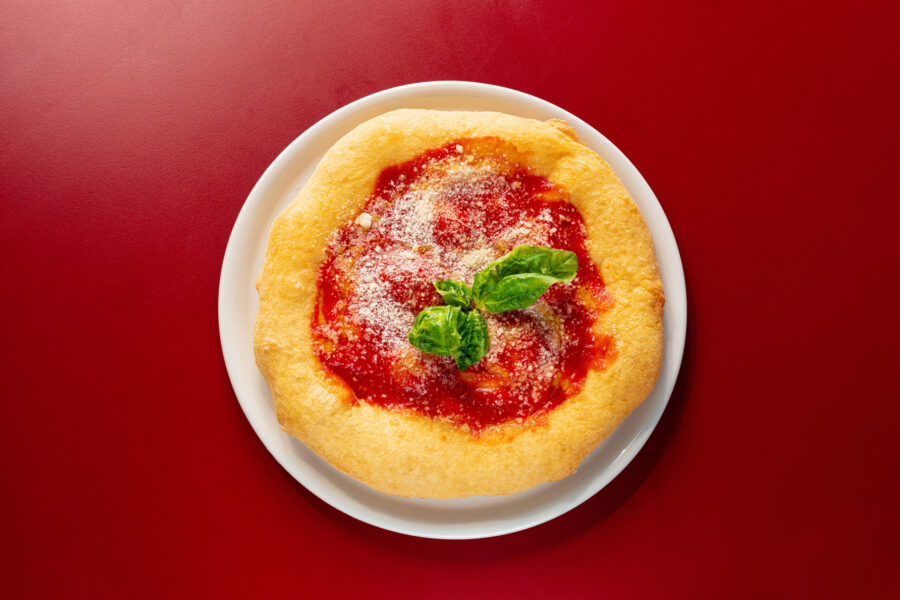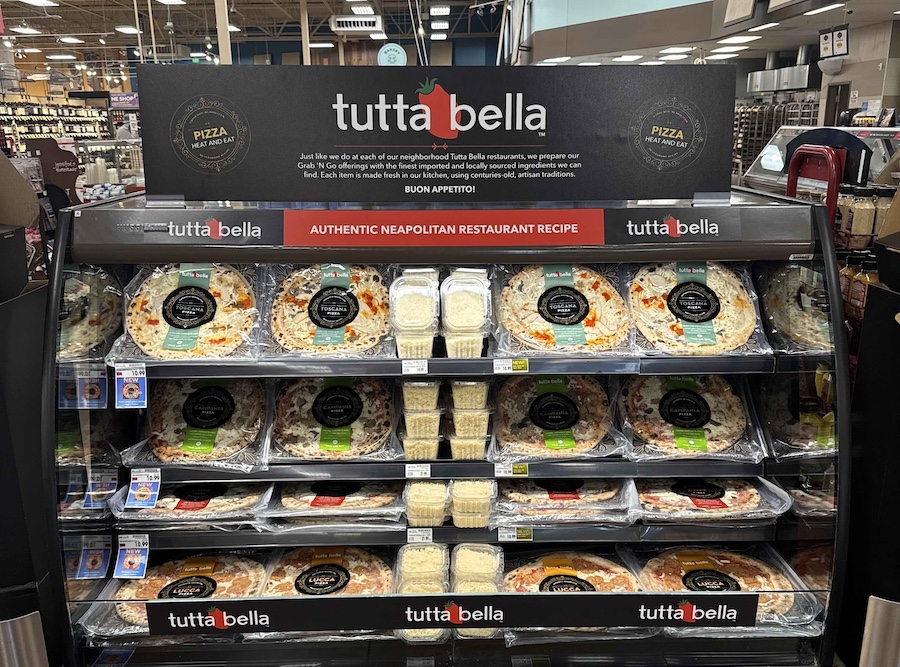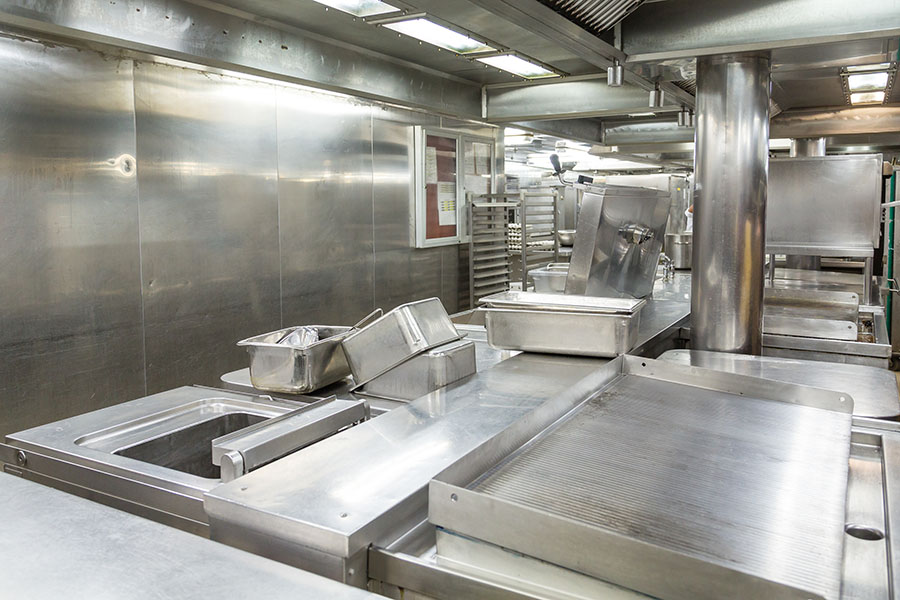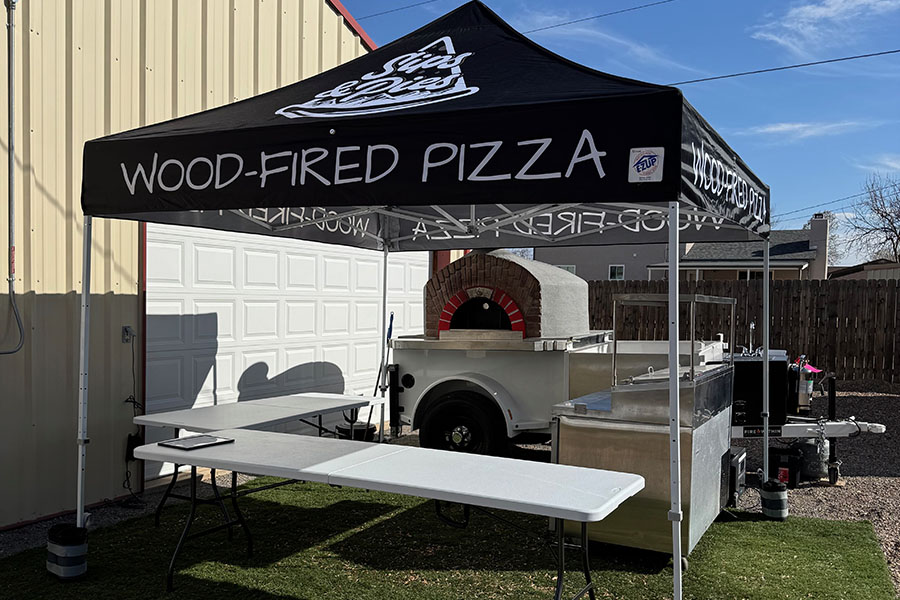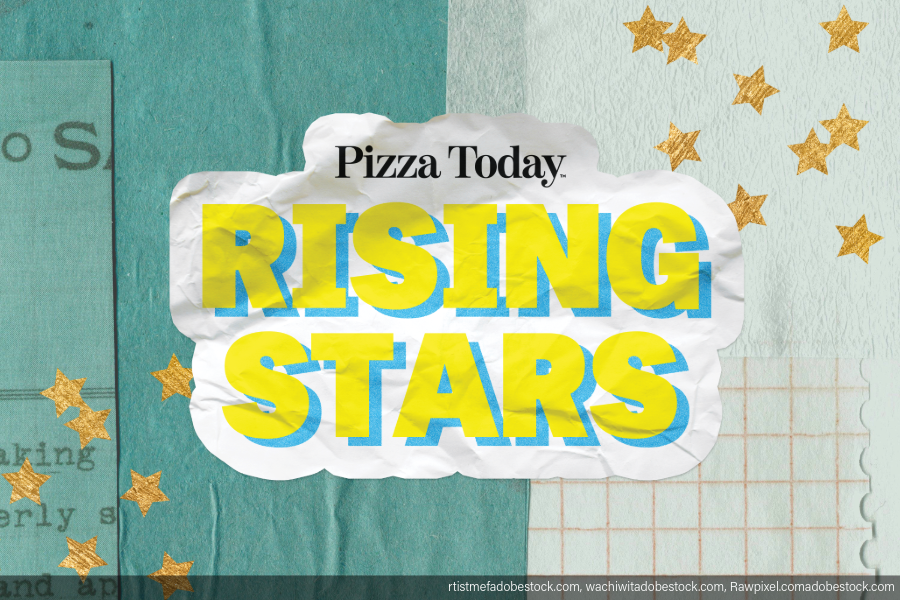Cheese combinations are on everyone’s minds these days

I once went to see a baseball game with my son and a few friends. As we sat around the hotel pool after the game, a friend called to have some pizza delivered. The pizza came piping hot as all of us started our feeding frenzy, then I noticed something — the cheese on this pizza had no taste whatsoever and felt like a warm plastic jello in my mouth. I asked the friend who ordered the pizza what kind of cheese they use and he casually replied, “Oh yea, they don’t use real cheese there. That’s why they put so much parm on top.” I was blown away because, outside of my earlier Velveeta days, I’d never experienced a no-cheese-cheese and a blend used by a business to compensate for a no-cheese-cheese.
Cheesy combinations are on everyone’s minds these days because chefs, restaurateurs and pizza people have realized the infinite possibilities that pairing cheeses affords. Even with this new interest in combining cheeses, mozzarella is still king of pizza because of its milky, melty structure. But it can still get lost when topped with strong topping flavors. In my pizzeria, we’ve opted for a combination of mozzarella and provolone and we’ve also expanded our cheese experience by using up to 15 different cheeses in our menu mix including local and even house-made cheeses like vegan and yogurt cheeses. Over the years, I’ve found that the use of cheese combinations depends upon several different factors starting with the most important for any independent pizza owner, which is price.
Blend it like Beckham
How can I get the most bang for the buck out of cheeses? We all know intuitively how much mozzarella costs but is it worth it to add a mild-flavored cheese to your mozzarella pizza? Probably not. My rule of thumb is if they cannot tell the difference and you cannot get any street “cred” and sales through marketing, don’t bother bro. Quality mozzarella is definitely worth it, so any complimentary cheeses should be strong enough or visible and separated from the mozzarella melt to transform the pizza to the next level.
What historical flavor profiles are you shooting for? You wouldn’t use mountain gorgonzola paired with Pecorino Sardo with a red mullet-caper pizza topped with balsamic glaze? (Would you?) Traditional flavor profiles are well documented in history because they really work. Like mozzarella and Parmigiano Reggiano, pecorino and ricotta, ricotta and gruyere, goat cheese and Neufchatel, fromage blanc and blue cheese and Manchego paired with queso fresco.
When are you applying the cheese?
After competing for numerous years overseas, I’ve come to love cooking with one cheese then finishing off the pizza with another. For example, finishing an aged mozzarella pizza with the milky ooziness of a stracciatella or burrata is absolute heaven. After the oven bake, flakes of feta add a salty-sour finish to a pizza or a slice of brie or Camembert topped to melt slowly on a pie or flatbread is a real winner.
Looking under the hood
I am a big advocate of cheese saucing especially with béchamel sauce, (AKA Alfredo, Bechemele, white sauce.) Using a fairly small number of strong cheeses with the Alfredo sauce elevates a pie to new levels and, after all, who says you only have to use a tomato sauce? Here are a few of my favorite pairings with this great white sauce:
- Gorgonzola Cream. A great Gorgonzola cream sauce is perfect when topping mozzarella with spinach, fennel, pear,
tomato, walnut, pine nuts, peaches, beef, bacon and even a yogurt cheese (like labneh) smooths the loud funk of the gorgonzola for a quadruple cheese pizza. - Asiago Cream. This is another full-flavored sharpness to the laid-back béchamel under an umbrella of mozzarella. I’ve noticed that Asiago tends to get even stronger when cooled so this combination is great with bacon, grapes, figs, potatoes, prosciutto di Parma and arugula.
- Feta Cream. This crumbly cheese can be made from goat, sheep or cows and goats milk combines wonderfully with béchamel sauce to create a slightly tangy and almost peppery base for toppings. Best with spinach and beets with walnuts, olives, tomato, cherries, mint, rosemary, honey, pears, pancetta, leeks, salami and even strawberries.
Combo Nations
Just like any great entertainer, you’ve got to be on point when presenting your pizza to customers. Besides, you’ve worked countless hours to hone your dough and sauces and sought out the best toppings for them, why just cut the pizza and shove it in front of them? Finishing a pizza with all the world’s cheeses creates a wonderful element of surprise for your customers, here are some cheeses to add to your finishing team:
- Pecorino Romano. This finely-grained sheep’s milk cheese adds a salty yet fruity finish to pizzas and pairs well with both ricotta and mozzarella. It pairs well with balsamic vinegar, mostarda, honey, chestnuts and duck prosciutto. I love the combination of burrata, pecorino Sardo and pears.
- Piave Vecchio. This dense cow’s milk cheese from the Veneto region ranges from delicate slightly sweet and fruity for younger ages to nutty and caramelly in older versions. I really love grating this cheese on cured meats such as soppressata Friuli and Prosciutto di Parma after the oven bake. This cheese is wonderful with Montasio, Asiago and Parmigiano-Reggiano.
- Mascarpone. This mild, creamy and buttery cheese isn’t technically a cheese because acids are used instead of rennet to thicken the cream. It doesn’t stand up well to high heat but can add a much-needed sweet creaminess to fruits, pumpkin, berries and figs. I add a little maple syrup to it to finish off high-fat pizzas using guanciale, pancetta and lardo or drizzled over figs with arugula. Combining Mascarpone with grated Parmigiano, ricotta and roasted garlic makes a beautiful garlic pudding for a sauce.
The Royale with Cheese
This is one of the most prolific pizzas in my menu mix. It started as a riff on John Travolta’s line in the movie Pulp Fiction as he described what the Big Mac is called in France and it also highlighted a great local band named The Royales. This pizza’s genius is in its ginormous flavor and its simplicity.
Get The Royale with Cheese pizza recipe.
John Gutekanst owns Avalanche Pizza in Athens, Ohio.

